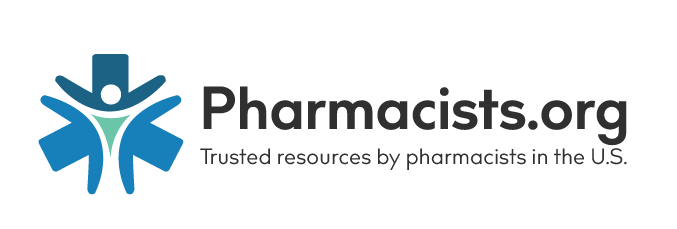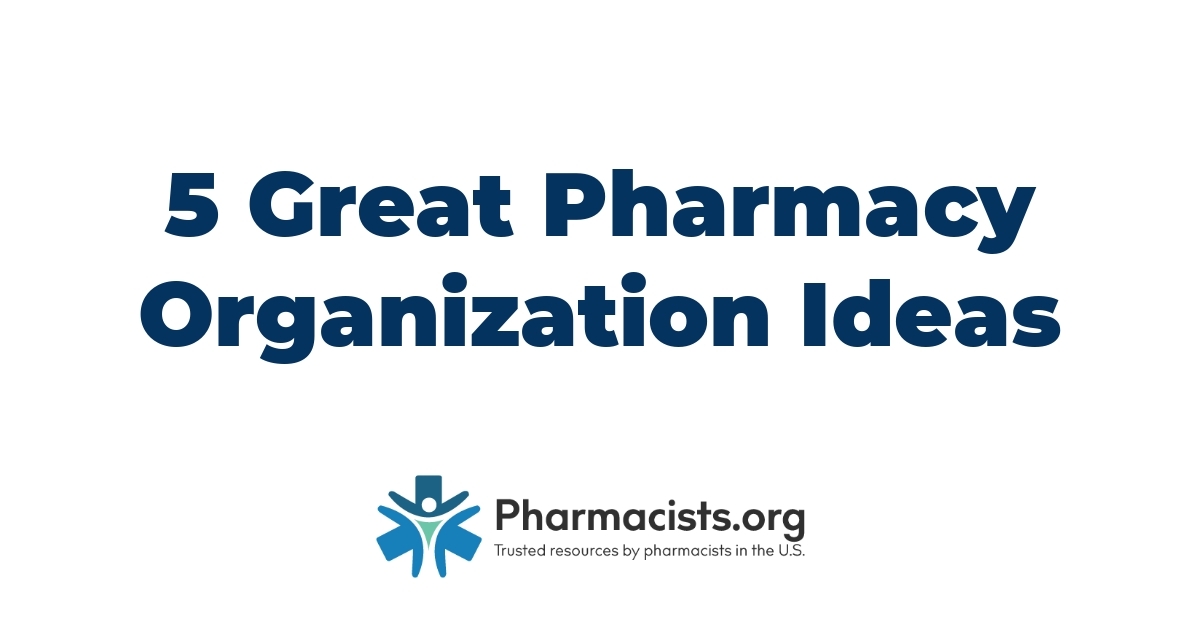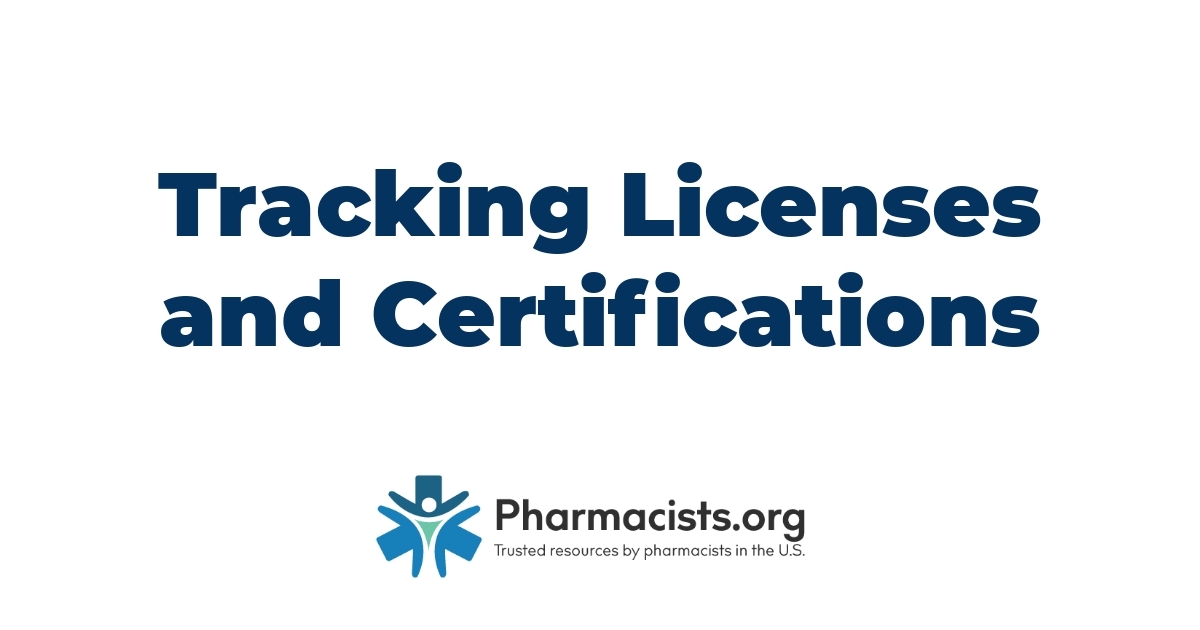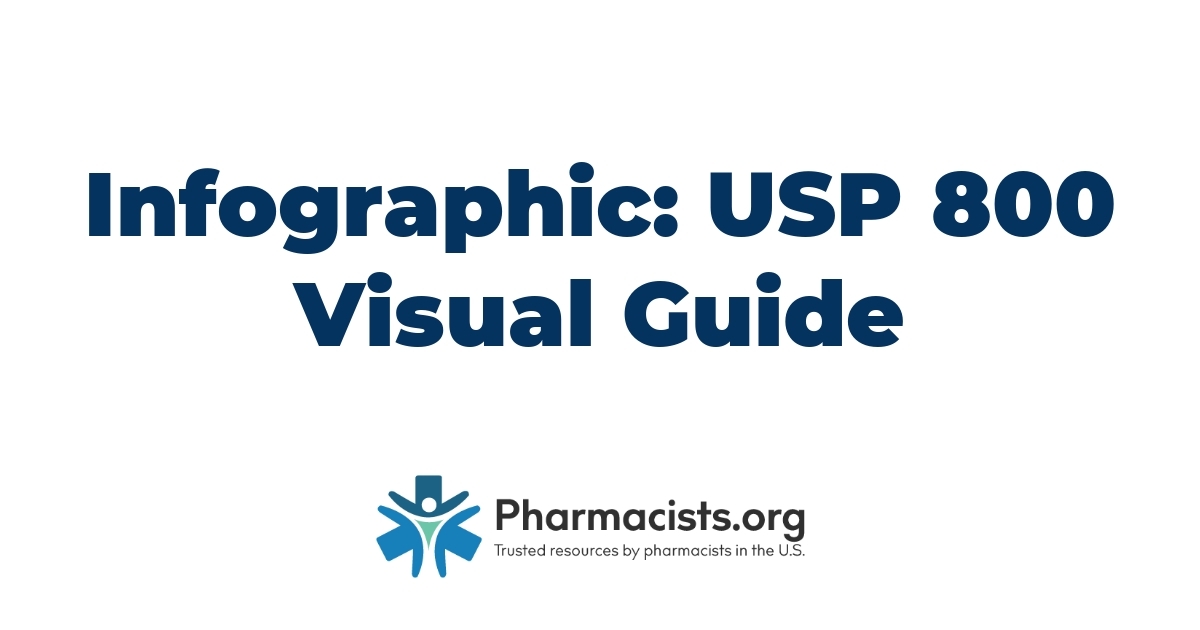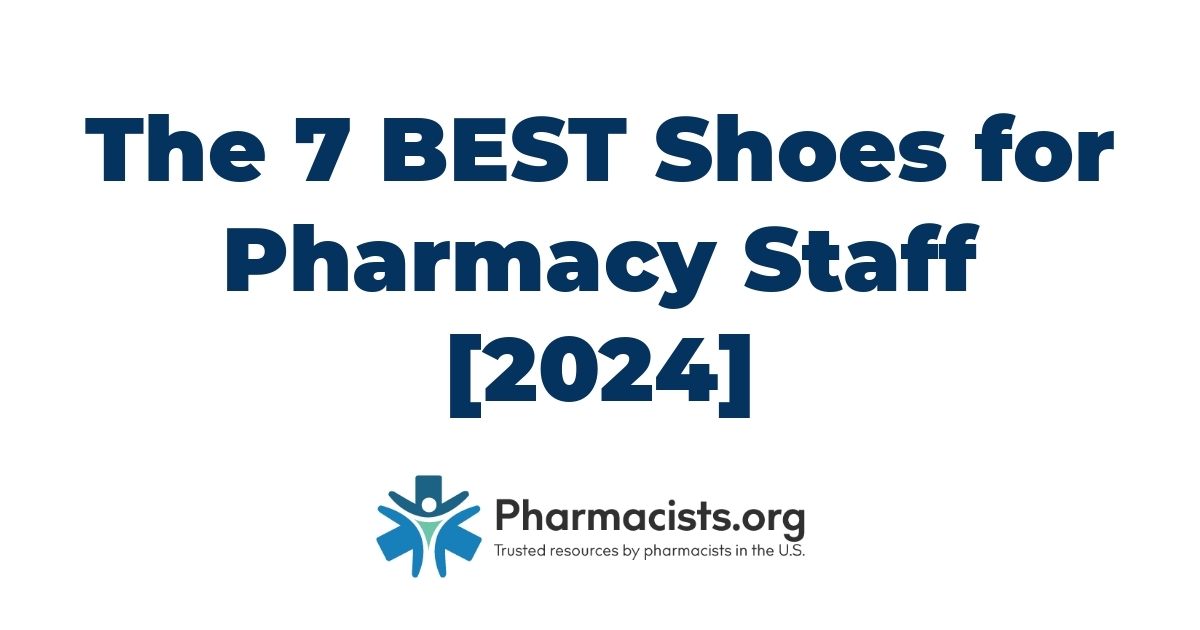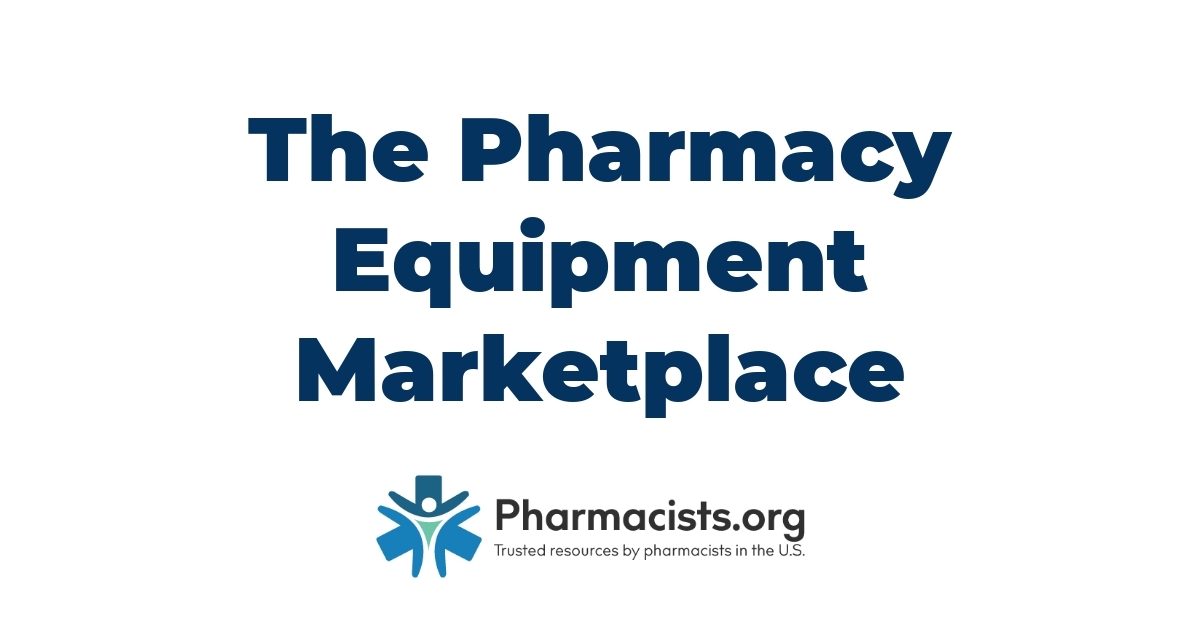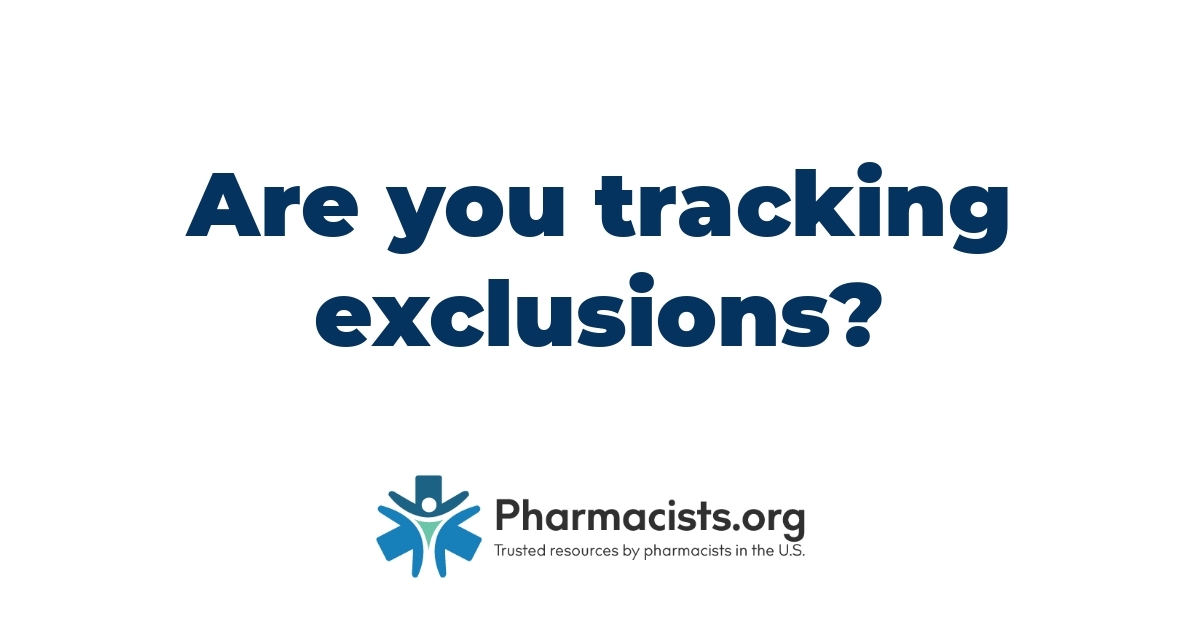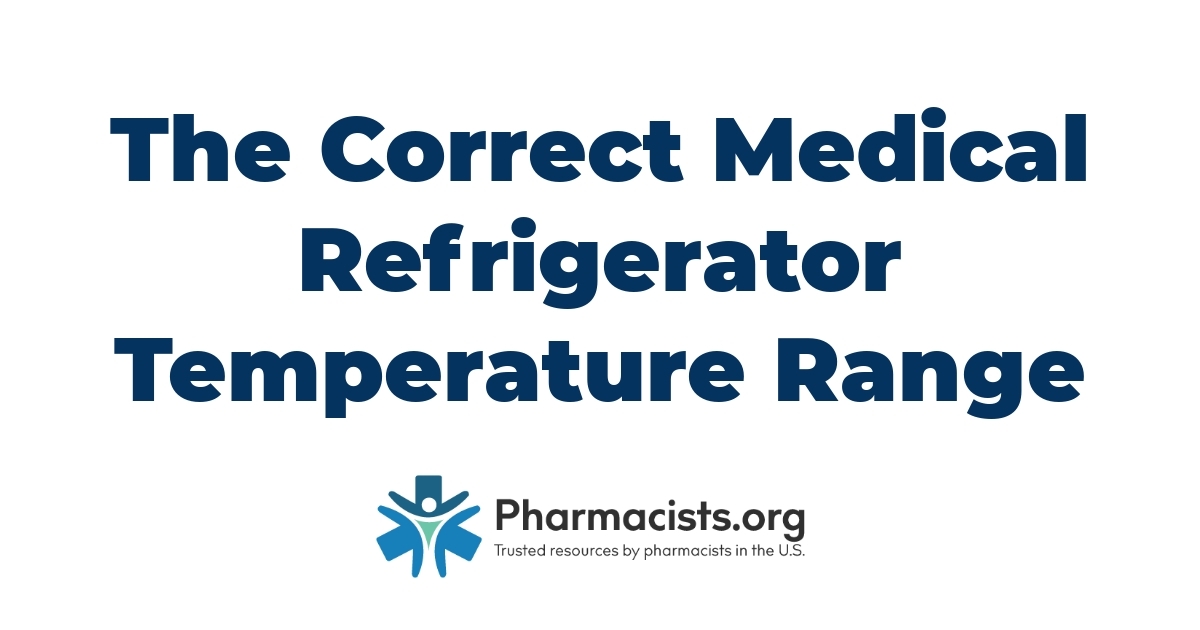The DSCSA was passed in 2013, to be phased in over 10 years, and is intended to strengthen the US supply chain by preventing counterfeit and ‘gray market’ medications from being introduced.
In order to do that, DSCSA requires ‘trading partners’ to have a verification system in place for medications to be tracked from the moment they are manufactured to the moment they are received at the dispensing site (in our case, the community pharmacy).
If you don’t have your verification system policies and procedures, you need them. Last year the FDA issued its first fine for violations of DSCSA to McKesson, and it totaled $150 million.
Don’t leave your pharmacy open to this risk. Check out the PharmCompliance P and P for download. It offers a complete DSCSA template to get you up and running fast.
OK, enough said about that. Here are the top things you need to know about DSCSA.
GET YOUR DSCSA POLICY AND PROCEDURES TODAY
#1: How to get the drug pedigrees from your distributor
Do you know where to go on your distributor’s website to print the drug pedigrees?
DSCSA requires that medications are tracked through the use of a ‘drug pedigree,’ which essentially is documentation to pass ownership of the drugs over from one company to the next. For the big distributors, these papers can be downloaded off their website in .pdf format. There’s no need really to print them off with every order (DSCSA allows them to be stored electronically), but you should know how to get them in case you are asked for them.
The most common reason is the rare case a pharmacy needs to supply a drug pedigree to another trading partner (see #2), but actually the FDA has legal authority to request them too.
Once you are asked for the drug pedigree, you have 2 business days to cough it up, so be prepared!
#2: When the pharmacy has to supply a drug pedigree to other companies – and when it doesn’t
With my pharmacy being located inside a hospital, we of course help quite a few physician offices out by selling them medications from time to time. Up until recently, we would fill out a drug pedigree for all those transactions, until one day when I was writing our national guidelines on inventory management I saw that DSCSA had a looong list of exemptions to the law, which included everything we have been doing. Daanng! We spent hours filling out papers that weren’t required.
Don’t make that mistake. Take a look at this list of exemptions before doing drug pedigrees:
- Intracompany distributions
- Distribution among hospitals under common control
- Public health emergencies
- Dispensed pursuant to a prescription
- Product sample distribution
- Blood and blood components for transfusion
- Minimal quantities by a licensed pharmacy to a licensed practitioner
- Certain activities by charitable organizations
- Distributions pursuant to a merger or sale
- Certain combination products
- Certain medical kits
- Certain IV products
- Medical gas distribution
- Approved animal drugs
The three I bolded are ones that pharmacies do on a regular basis (OK we dispense based on a prescription all the time, but that one is obvious).
What would the FDA define as “minimal quantities”? The law doesn’t clearly define ‘minimal,’ but I think a good rule of thumb is whether or not the FDA and/or the Board of Pharmacy would classify you as a wholesale distributor based on what you’re doing. That threshold, according to Federal law, is 5%; many states are stricter.
If you have a wholesaler license, it’s probably best to do the drug pedigree since you are basically acting as a distributor in that case and not a ‘licensed pharmacy,’ as the exemption states. In addition, be sure you fully understand the additional compliance requirements of distributors, including annual reporting under the DSCSA, ARCOS, etc.
#3: The requirements of those drug pedigrees
If you are going to need to fill out drug pedigrees, and your system can’t do it electronically, you need a standardized form that complies with the law.
What exactly is the law? Here’s an infographic to help you with that information:
#4: How to know if you received a suspect or illegitimate product
While there are legal definitions of ‘suspect’ and ‘illegitimate,’ both mean the drug is unfit for sale, counterfeit, adulterated, diverted, etc. Basically drugs you shouldn’t dispense.
Here are the signs of suspect and/or illegitimate products, quoted directly from the FDA’s guidance:
1. Be alert for offers of product for sale at a very low price or one that is “too good to be true.”
2. Closely examine the package and the transport container (such as the case or tote)
• To look for signs that it has been compromised (e.g., opened, broken seal, damaged, repaired, or altered).
• To see if it has changed since it was last received for an unexplained reason (e.g., a notification about the change from the manufacturer has not been received).
• To see if product inserts are missing or do not correspond to the product.
• For shipping addresses, postmarks, or other materials indicating that the product came from an unexpected foreign entity or source.
3. Closely examine the label on the package, or the label on the individual retail unit, if applicable, for:
• Any missing information, such as the lot number or other lot identification, NDC, or strength of the drug.
• Any altered product information, such as smudged print or print that is very difficult to read.
• Misspelled words
• Bubbling in the surface of a label.
• Lack of an Rx symbol.
• Foreign language with little or no English provided.
• Foreign language that is used to describe the lot number.
• A product name that differs from the name of the FDA-approved drug.
• A product name that is the product name for a foreign version of the drug.
• A product that is transported in a case or tote, when not expected under the circumstances.
• Lot numbers and expiration dates on product that do not match the lot numbers and expiration dates of its outer container.
#5: What to do if you have a suspect or illegitimate product
Pharmacies must have systems in place to identify and isolate suspect products, to report it to the FDA, and then to conduct an investigation to determine if it is in fact illegitimate.
If you do have a confirmed illegitimate product, you must report it to:
1: The FDA
Use Form 3911. Just follow their instructions on the website and after the FDA receives it they will issue you an incident number, which you need to document.
2: Your ‘immediate trading partners’
Obviously anyone you might have received that drug from or given that drug to needs to be notified. This includes the distributor that sent it to you and any clinics you might have sold the medication to.
If it has gone to the patient already it needs to be treated like a consumer-level recall; while they are not ‘trading partners,’ as DSCSA defines them, they could be at home as we speak taking potentially dangerous, or at least ineffective, medication (if you want to call it ‘medication’).
For help in handling a consumer-level recall, check out my post on the subject.
#6: Keep drug pedigrees on file for 6 years, or longer if state law requires
OK this one is self-explanatory, but just know that drug pedigrees are not necessarily kept the same length of time as other records, like prescriptions, invoices, etc.
Where to Learn More
- Drug Supply Chain Security Act (Title II of the Drug Quality Security Act): Overview of product tracing requirements. FDA September 2015.
- Drug Supply Chain Security Act Implementation: Identification of suspect product and notification. Guidance for industry. (Draft Guidance). FDA December 2016.
- Verification Systems under the Drug Supply Chain Security Act for Certain Prescription Drugs: Guidance for industry. (Draft Guidance). FDA October 2018.
- Definitions of Suspect Product and Illegitimate Product for Verification Obligations Under the Drug Supply Chain Security Act. (Draft Guidance). FDA March 2018.
- DSCSA Standards for the Interoperable Exchange of Information for Tracing of Certain Human, Finished, Prescription Drugs: How to Exchange Product Tracing Information. Guidance for Industry (Draft Guidance). FDA November 2014.
- Are you ready for the Drug Supply Chain Security Act? FDA.
- DSCSA Full Text
- DSCSA FAQ from Cardinal Health
I am a pharmacist, community pharmacy consultant, and medical writer with over 12 years of clinical practice experience in community, outpatient health system, long term care, and academic settings. I am also the founder of PharmCompliance.com, a website dedicated to the success of community pharmacy.
As a pharmacy project manager, I led the implementation of new service lines, assist with ensuring legal and third-party compliance for over 70 retail stores, lead quality improvement and medication safety initiatives, write policies, procedures, and best practices for all our retail sites, and help with optimizing revenue cycle and pharmacy profitability. I have been responsible for DMEPOS and vaccine accreditation through CMS, obtaining new licenses and permits, and implementing a prescription drug kiosk embedded in our physician offices.
As a medical writer, my work has been featured in GoodRx, Pharmacy Times, Drug Topics, Patient Care Online, and in peer-reviewed journals. I have also given presentations on a range of topics, from disease state pharmacotherapy for medical residents to updates on the CDC vaccine storage and handling guidelines for a medical-grade refrigerator and freezer manufacturer. I have written and presented continuing education for CEImpact, FreeCE, AchieveCE, Ascension Health, and the Florida Department of Health.
